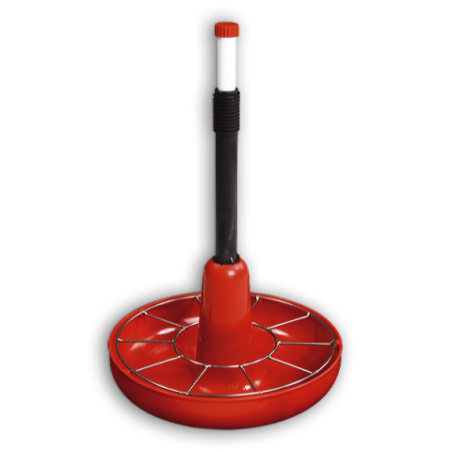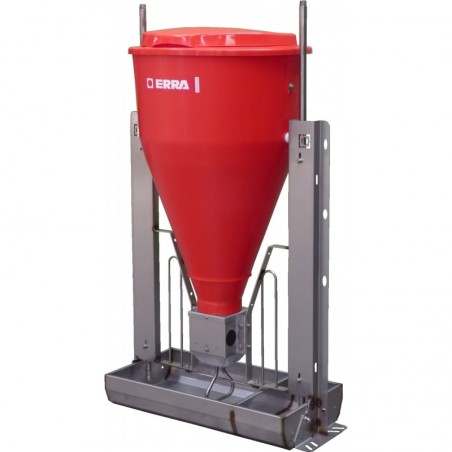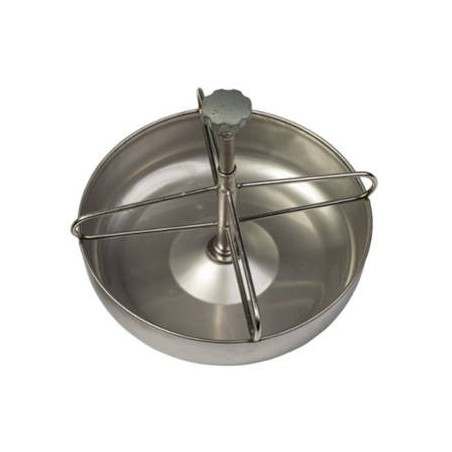A total of 630 pigs were randomly assigned at weaning (mean [SD] age of 20.5 [0.9] d and weight of 5.59 [0.9] kg) to one of four treatments: 3.75, 5.00, 6.25, or 7.50 pigs per feeder hole, which was achieved by altering group size with 15, 20, 25, or 30 pigs per pen, respectively. Pigs were fed a meal diet containing 1% iron oxide dye for three days post-weaning. Rectal swabs were evaluated to assess the onset of feed intake. Pigs were weighed weekly and presence of ear and tail lesions were recorded.
Decreasing the number of pigs per feeder hole resulted in a decrease in onset of feed intake. Average daily gain tended to increase linearly as the number of pigs per feeder hole decreased. No statistically significant responses were observed for average daily feed intake and feed efficiency. The lowest occurrence of tail lesions was observed in the treatment with 3.75 pigs per feeder hole. The highest incidence of ear lesions occurred in the treatment containing 7.50 pigs per feeder hole.

Decreasing the number of pigs per feeder hole in the nursery period may result in faster onset of feed intake, improved growth performance, and reduced ear and tail lesions.
Laskoski F, Faccin JEG, Vier CM, et al. Effects of pigs per feeder hole and group size on feed intake onset, growth performance, and ear and tail lesions in nursery pigs with consistent space allowance. J Swine Health Prod. 2019;27(1):12–18.







